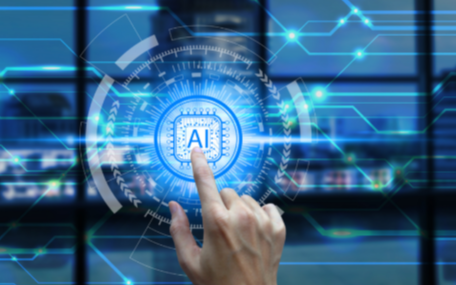Edge AI represents a significant shift in artificial intelligence by processing data at or near its source. This approach minimizes reliance on centralized cloud systems, enhancing privacy and reducing latency. Various industries, such as healthcare and manufacturing, are beginning to adopt Edge AI for its ability to facilitate real-time decision-making. As organizations explore its potential, the implications for efficiency and innovation are becoming increasingly evident. What transformations might lie ahead?
Understanding Edge AI: Definition and Key Concepts
Edge AI represents a transformative shift in how artificial intelligence is deployed and utilized across various sectors. This paradigm emphasizes edge intelligence, wherein data processing occurs closer to the source of data generation, rather than relying on centralized cloud systems.
By utilizing decentralized processing, Edge AI minimizes latency, enhances real-time decision-making, and reduces bandwidth demands. The architecture allows devices, such as IoT systems and smart sensors, to analyze data locally, fostering independence from a centralized infrastructure.
This autonomy not only supports faster responses but also enables secure data handling, aligning with the desire for individual freedom in technology utilization. As industries increasingly adopt these principles, the implications for operational efficiency and innovation become significant.
Read more: The Growth of Smart Wearables in Fitness Tracking
Benefits of Edge AI in Various Industries
As industries increasingly adopt advanced technologies, the benefits of Edge AI become evident across diverse sectors. One of the primary advantages is enhanced data privacy, as processing occurs locally rather than relying on centralized data centers. This localized approach minimizes exposure to data breaches and fosters greater trust among consumers.
Furthermore, Edge AI significantly contributes to latency reduction, enabling real-time data analysis and decision-making. This is particularly crucial in sectors such as healthcare, manufacturing, and autonomous vehicles, where timely responses can have profound implications.
Real-World Applications of Edge AI
The adoption of Edge AI is reshaping various industries through practical applications that leverage its capabilities.
In smart cities, Edge AI facilitates real-time traffic management, enhancing public safety and optimizing resource allocation. By processing data locally, it reduces latency, enabling immediate responses to urban challenges.
In the realm of healthcare innovation, Edge AI supports remote patient monitoring and diagnostics, allowing for timely interventions and improved patient outcomes. Medical devices equipped with Edge AI can analyze health data on-site, mitigating privacy concerns and ensuring compliance with regulations.
The Future of Edge AI and Emerging Trends
How will emerging technologies shape the trajectory of Edge AI in the coming years?
Future predictions suggest that the integration of 5G, advanced machine learning algorithms, and IoT devices will drive substantial market growth in Edge AI. As organizations prioritize data privacy and real-time processing, the demand for decentralized AI solutions will escalate.
Innovations in hardware, such as specialized chips and energy-efficient devices, will further enhance Edge AI capabilities. Industries are expected to adopt these technologies for improved operational efficiency and enhanced user experiences.
Additionally, the rise of autonomous systems and augmented reality applications will create new opportunities within Edge AI. Ultimately, these trends indicate a transformative future where Edge AI becomes integral to various sectors, fostering innovation and autonomy.
Conclusion
In the evolving landscape of technology, Edge AI stands as a lighthouse, illuminating the path toward decentralized intelligence. By processing data at its source, it weaves a tapestry of efficiency, privacy, and real-time responsiveness across industries. As this innovation continues to flourish, it promises to unlock new realms of possibility, where seamless integration with 5G and IoT transforms the mundane into the extraordinary, ultimately reshaping how we interact with the world around us.




 The Impact of Digital Currency on Global Markets
The Impact of Digital Currency on Global Markets